7 Knives That Separate a Chef from an Amateur
Own these 7 knives and call the shots in any Western cuisine kitchen.
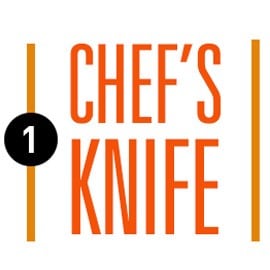
Chef’s Knife
The pièce de résistance of all chef tools, the chef’s knife is as significant and personal to a chef as one getting a tattoo. The multi-purpose knife excels at various functions – slicing, mincing and chopping meat as well as breaking down bones. Make sure you test out a few knives before settling on one. The knife should feel natural and weighty in your hand in order to withstand copious amounts of cutting.
Typical length - 6 to 12 inches

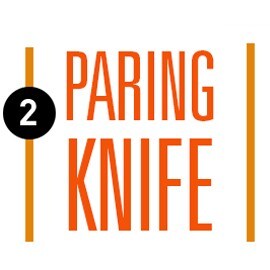
Paring Knife
The paring knife is a petite tool that makes chopping, mincing and slicing fruits and vegetables a breeze. It’s great for more delicate work and should have a faster, lighter touch to it, saving you time on your mise en place. While cutting, try adopting a rhythmic motion and avoid applying too much pressure on the knife – or you might end up with a painful slip of the hand if you’re going too quickly.
Typical length - 2.5 to 4 inches

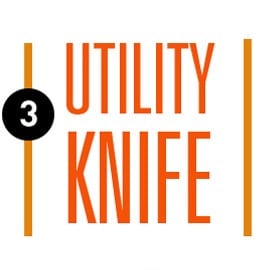
Utility Knife
Can’t decide on which knife to use for those in-between items? The utility knife is a versatile piece that’s smaller than a chef’s knife and larger than a paring knife, allowing you to cut different types of fruits and vegetables or even to slice sandwiches.
Typical length - 4 to 7 inches


Bread Knife
There’s no question about what this knife does. Most Western restaurants serve bread in some manner or form, so a good bread knife is necessary. Most bread knives have a serrated blade meant for cutting through thick crusts and slicing soft bread without compromising their form. Bread knives are generally tough to resharpen, meaning that you might have to change them every few years.
Typical length - 6 to 10 inches

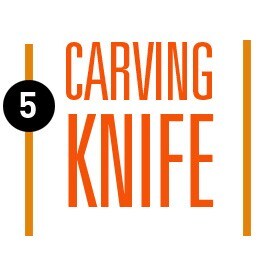
Carving Knife
Designed to slice slim cuts of cooked meat, the carving knife is a large knife with a long blade that cuts cleanly through various types of poultry, ham and roasts. It’s a must-have during the end-of-the-year holiday season.
Typical length - 8 to 15 inches

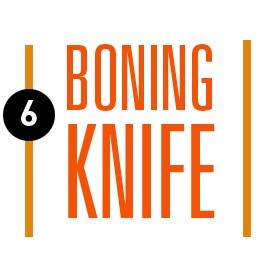
Boning Knife
The boning knife resembles a shark’s head, with its slim body with razor sharp point. Its structure was designed to deftly remove skin and bones. Look out for the two types of boning knives – the more flexible one is meant for fish, while the stiffer option is better for meat.
Typical length - 5 to 6 inches

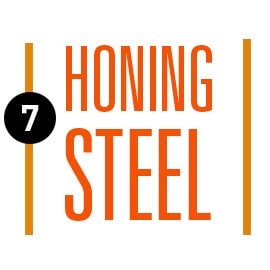
Honing Steel
While this is clearly not a knife, a honing steel rod is one of the most important tools in your knife collection. Commonly made of steel or diamond steel, the rod helps to sharpen your knives after wear and tear dulls them down. Keeping your knives in tip-top shape is not only important for the food, but also prevents undesirable accidents from happening in the kitchen.

Back to Western at Your Fingertips